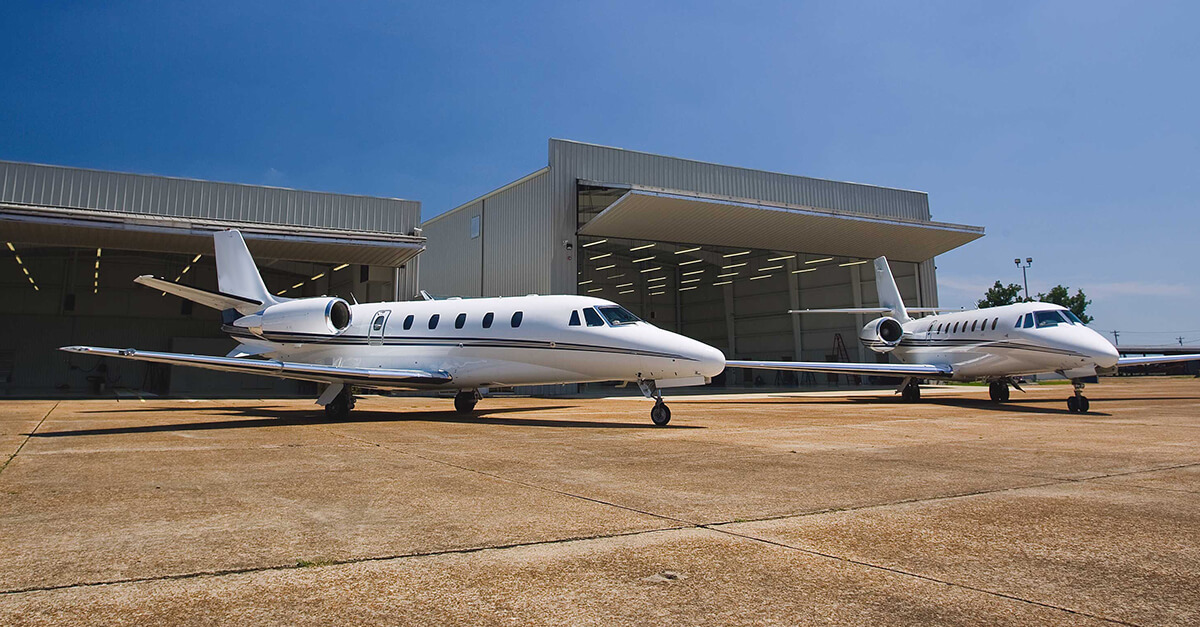
Sept. 8, 2022
With COVID-driven gains in business aircraft usage and sales transactions starting to level off, analysts with Global Jet Capital offered their insights during a Sept. 8 NBAA News Hour webinar about the latest buying and selling trends in what continues to be a dynamic worldwide environment.
Bill Ostrove, market intelligence analyst for the company, cited an expected “return to normal” throughout 2022 as the market has stabilized following last year’s “blistering” rate of growth. Despite that slight drop, Ostrove expects about a half-percent overall annual growth in business aircraft transactions for the year.
“We have seen exceptional demand over the last 18-24 months,” he added, “which has created a backlog for manufacturers, as well as some shortages and declines in inventory we obviously need to work through.”
Other parameters, including new model introductions and relatively consistent aircraft replacement patterns, should add further stability and resilience to the business aircraft marketplace despite unforeseen “black swan” events that can quickly upend expected patterns.
“Impacts from [COVID-19 and Russia’s invasion of Ukraine] do find their way into the macro- and micro- economic data and then eventually inform [analytical] models,” said Global Jet Capital Chief Marketing Officer Andrew Farrant, adding such events can also ultimately bolster the market.
“The initial shock from COVID lockdowns in spring 2020 eventually became an opportunity for business aviation,” he noted, “with many individuals and corporations turning to business aviation to keep their businesses moving.”
VIEW THE RECORDED NBAA NEWS HOUR WEBINAR
One audience poll during the webinar revealed most attendees expect these new entrants to continue their use of business aviation five years from now, which Farrant noted is in line with company projections.
“[One OEM] has said a lot of its current order book comes from first-time buyers and new entrants sold over the COVID period,” he added. “I [believe] some of that will come out as scheduled [airline] service gets back to where it’s supposed to be, but this demand has put our industry on a new plateau.”
However, another shift in world events or economic patterns could alter that forecast significantly by impacting GDP, global trade, stock markets and other indicators of general economic health, with ripple effects to new aircraft backlogs and deliveries and used inventories.
Ostrove emphasized regular updates to the model are vital to providing “an accurate reflection of the future.
“Some [poll respondents] said they believe current forecasts are too optimistic, and I can definitely see their point,” he said. “We are in a very dynamic world and, especially right now, there’s just so many things going on and so many things to take into account.”


 International Business Aviation Council Ltd.
International Business Aviation Council Ltd.